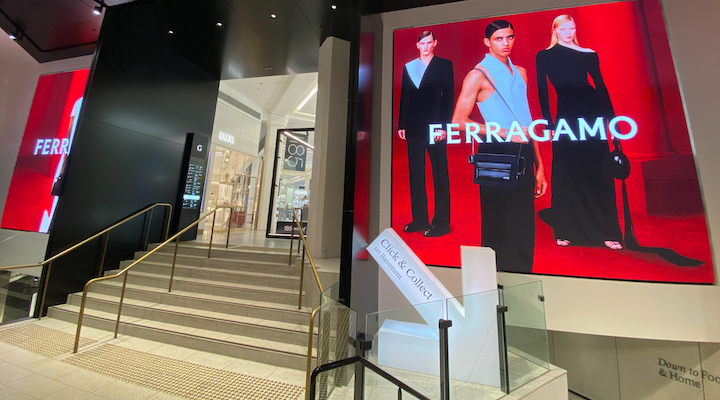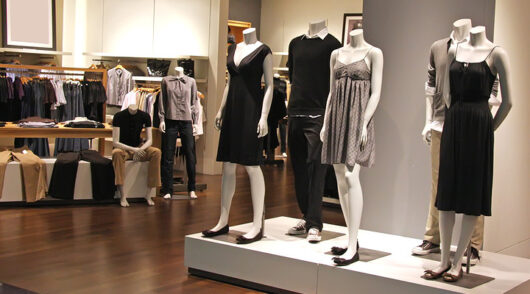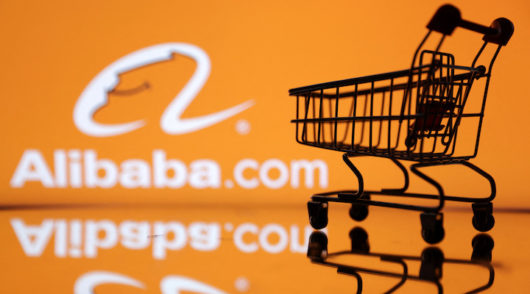Few large Australian retailers understand the true value of their retail media assets, leaving them “given away or massively under-priced,” says a global media valuation expert.
Jonathan Hopkins is the founding partner of Sonder, a global authority on retail media that has unlocked more than $10 billion in retail media revenue for companies including Woolworths, Coles, Telstra, Optus, Dan Murphy’s, BWS, David Jones, CBA, Officeworks, Big W, Rebel, Myer, Bing Lee, Mecca and BCF.
Sonder’s newly released Owned Media Market Report & Ranking 2024 records that in Australia the commercial potential for companies with owned media this year is $4.3 billion – about 10 per cent more than last year. Retail aggregators (retailers that sell multiple brands, such as electricals, beauty, fashion, home improvement, sport & leisure, pure-play e-commerce, pets and pharmacies), represent the largest section of that market at $1.4 billion. The finance sector is the fastest growing at 19 per cent year on year, as financial institutions recognise the value of their vast media ecosystems and customer bases.
Within retail, grocery and liquor majors have the highest commercial potential at $94 million per business, while shopping centres, convenience networks and retail aggregator sectors each deliver an average of $30 million to $43 million per business, per year.
Hopkins tells Inside Retail that for retail aggregators, the average commercial potential per business is $30.6 million. “That’s a lot of money to be leaving on the table in difficult economic times.”
Sonder audits and values owned media which quantifies the size of the prize, creating benchmark-based advertising rate cards for every type of retail media channel imaginable. Think digital displays, posters, in-store radio and aisle-end displays through to digital media, indoor and outdoor billboard space, catalogues, customer magazines – even down to branded single-use coffee cups or messages on hold for call centres – everything that can be classified as owned media.
The amount of retail media inventory a retailer is leveraging typically ranges between 30 and 50 per cent, but they are often not recognising the value of that, or charging appropriately.
“There is a huge opportunity for other businesses. Think about Bunnings, JB Hi-Fi, The Good Guys – all these businesses have thousands of suppliers and hundreds of thousands of customers and a media ecosystem that can facilitate a media network. All the media assets are there and they’re using them to communicate their own or their partners’ messages. But they have yet to turn it on properly as a revenue stream, so they are sitting on a goldmine that has yet to be activated.”
The secret sauce
The ‘secret sauce’ to the success of retail media is the end client’s ability to target consumers based on actual customer spend, and then the reporting based on sales metrics. “Those are two things that no paid media publisher can do,” explains Hopkins.
“Let’s say a department store goes to a luxury brand and says: ‘We’ve got 300,000 shoppers who have previously bought your bags or jewellery but haven’t in the past six months – would you like to target them?’ They’re gonna jump at the opportunity because you can’t get that on Channel Nine or with a newspaper.”
However, a challenge for the industry has typically been accurately valuing the worth of the media assets being leased out.
“For a lot of Australian retailers, it has been – and still is – a very murky world where there’s not a huge amount of transparency. It can often be difficult for finance departments to pick where that value is because a lot of the deals are sometimes struck as ad subsidies. So it has become a bit like a tax the supplier brand pays to feature in parts of the retailer’s advertising, but it’s not always tracked or monitored.”
Sonder has developed benchmark rates that allow a business to make sure they’re on par with the market. “We tend to find, working with businesses like David Jones and Officeworks, for example, is that you get the same suppliers across all different businesses. So it is important that they are using a [common] currency and over the past eight years we’ve become that currency for retail media rates.”
In Australia, some large retailers have thrived after embracing retail media. Woolworths is respected as a pioneer in creating a separate company, Cartology, to sell inventory across its retail media real estate and its multiple brands. Amazon and Chemist Warehouse are also standout success stories. But Hopkins says many big-box retailers – such as multi-brand electronics and homewares chains – are “a bit late to the party”.
“Grocers and liquor businesses are the most advanced and in the middle, you’ve got those multi-level department stores and multi-brand retailers. But big box retailers are still getting their heads around it.” In contrast, in the US where Walmart pioneered the space, Amazon now derives about 68 per cent of its global profit from its retail media business, Best Buy has its own media division, yet department stores and multi-category retailers are a bit further behind.
Different revenue models
Within retail media, ad subsidies remain the most common revenue model – Hopkins calls it indirect revenue – typically involving suppliers paying a subsidy to the retailer to promote their brand and marketing to drive sales. But he cautions not to fall for the “myth” that retail media spending is just rebadging trade marketing money. “It’s not like that at all.”
A recent report from Boston Consulting Group estimated that 80 per cent of retail media income is “new money” diverted from other advertising platforms. “When a retailer takes that advertising spend, that’s a new revenue stream.”
A growing trend internationally is for marketers with brand budgets and media agencies to come to the party, recognising the sophistication and efficacy of retail media sales channels. “For example, they are asking themselves ‘Why invest in street posters when you can deliver your message right to customers already predisposed to buying at a point where they can add the product to their virtual or physical trolley?’”
At the same time, retailers like Mecca are recognising and embracing the power of their owned media networks.
“The power of your owned media is pretty phenomenal in terms of how you build brand awareness, but also hook your customers in for long-term loyalty as well,” Kate Blythe, CMO at Mecca told Owned Media Market Report & Ranking 2024. “We absolutely evaluate owned media, it is a super important lever for the business. Our owned media is one of our unique differentiators.”
Typical benchmarks for omnichannel retailers
Sonder’s data has broken down the source of retail media income by channel, assuming a typical retailer is an omnichannel business. The report shows that 23 per cent of retail media income comes from in-store, 22 per cent from publishing (including catalogues) and 23 per cent from emails. It is with email that Hopkins notes retailers are constantly “giving away” space to brands which is disingenuous: it has a high value because the consumers receiving them have opted in to receive them, so they’re more likely to read it. Open rates and engagement rates are high.
Website-sponsored searches and display banners – typically the most talked about retail media space – account for just 10 per cent of retail media spend.
Publishing is high due to catalogues, which – while alive and well in many businesses – are declining in popularity due to sustainability concerns. “But the opposite is happening in custom magazines, which are experiencing a renaissance. Paid magazines are declining, but customer magazines are growing and a lot of businesses in Australia that have recently launched or relaunched them are getting great results from them and it is a format advertisers are familiar with,” Hopkins says.
While the opportunity for retail media income is high and still relatively untapped in Australia, Hopkins advocates caution in exploiting the opportunity.
“It’s not about being mercenary,” he warns. “It’s very much about being sensitive to your customers because we talk about this triple win. If the media program is not delivering for the customer, for the supplier and the retailer, it’s never going to work. If you start over-commercialising, you’re gonna lose customers.
“It is more about ensuring that your value is being recognised in the deals you have in place or that you are offering partners and suppliers.”






